The Quick Truth
Yes — curly hair with balayage can still look luxurious at Month Three, even in humid climates.
But the secret isn’t luck or product hype. It’s about how the color was placed, how the curls are protected, and what you do between appointments.
If you understand how humidity, UV light, and curl structure interact, your balayage can age like silk — not straw.
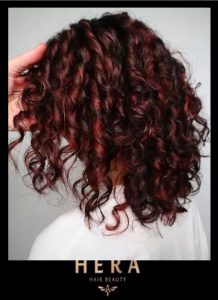
Why Humidity Threatens Your Expensive Finish
Balayage doesn’t fade dramatically in three months; it loses polish.
That’s because humidity doesn’t remove pigment — it changes how light reflects off your hair.
Here’s what really happens:
-
Humidity swells the hair shaft.
Curly hair is naturally more porous. In a humid environment, it absorbs water molecules, causing the cuticle to lift and scatter light — the same science behind frizz and dullness. -
Sunlight (UV exposure) oxidizes color.
The pigments that create soft caramel or cool ash tones break down under UV light. Without protection, they shift warmer or brassy by Week 8–10.
Studies on UV photodamage show that prolonged sun exposure alters hair keratin and pigment structure — even without bleach or chlorine. -
Frequent washing accelerates tone loss.
Sweat, scalp oils, and tropical heat often mean more frequent shampooing, which gently erodes the color molecules and surface gloss.
The result? At Month Three, most clients aren’t suffering “bad balayage” — they’re suffering environmental fatigue.
How Curls Can Actually Make Balayage Look Better
Here’s the part few people realize:
Curls can make your balayage look more dimensional — and therefore more expensive — when placed correctly.
Your stylist uses a method called curl mapping: painting light only on the outer curve of each ringlet.
This creates natural ribbons of reflection that mimic sunlight on waves.
Even as the toner softens and the roots grow, the color still looks purposeful — like it was designed to move.
That’s why, in humidity-heavy regions like Singapore or Bali, well-placed curly balayage ages better than flat, foil-heavy highlights.
What Month One, Two, and Three Really Look Like
| Timeline | What’s Happening in Your Hair | How to Keep It Expensive |
| Week 1–2: The Glow Period | Toner and gloss are intact; curls are defined, color reflective. | Wait 48 hrs before first wash to lock pigment. Use silk pillowcase to minimize friction. |
| Week 3–6: Natural Settle | Tone softens slightly; humidity begins to lift cuticles. | Add UV + humidity shield daily. Limit heat styling. |
| Week 6–10: Warmth Creep | UV + minerals cause mild brassiness; shine decreases. | Schedule mini-gloss or toner refresh. Use gentle clarifying shampoo weekly. |
| Week 10–12: The Luxe Test | Color either still looks rich and soft — or flat and faded. | Gloss again if needed. Maintain with hydration masks + UV protection. |
This is how expensive color stays expensive — not through miracles, but through rhythm.
The Science Behind the Fade
Let’s separate marketing myths from chemistry.
-
UV photo-damage: Research shows prolonged UV exposure breaks down melanin and oxidizes synthetic pigments, especially blonde tones.
-
Humidity swelling: When the cuticle repeatedly absorbs and releases water, it roughens, leading to dullness — known as hygral fatigue in cosmetic science.
-
Mineral deposits: Hard water and chlorine leave calcium and copper on the hair surface, creating a film that dulls shine and shifts tone slightly green or orange.
-
Heat stress: Excess heat (above 200°C / 392°F) cracks the cuticle, causing faster color loss and frizz.
Understanding these four forces helps you counteract them with targeted care.
The Humidity-Proof Routine for Curly Balayage
1. Wash Smart
-
Cleanse only 2–3 times per week with a sulfate-free, color-safe shampoo.
-
After swimming, use a chelating shampoo (EDTA-based) once weekly to remove minerals and sunscreen buildup.
-
Always follow with a hydration mask from mid-lengths to ends.
2. Protect Before You Step Out
Humidity + UV = fade accelerator.
Before leaving home, mist on a UV and humidity shield — professional leave-ins containing UV absorbers and anti-frizz polymers.
These help maintain shine by reducing cuticle lift and preventing pigment oxidation.
3. Hands Off While It’s Wet
Curly hair looks its most defined when allowed to air-dry or diffuse without touch.
Each time you rake through semi-dry curls, you’re breaking gel casts and inviting frizz — and frizz dulls color reflection.
4. Mini-Gloss at Week 8
A quick 20-minute acidic gloss at the salon restores tone and slip, sealing the cuticle for a glassy finish.
Think of it as “laminating” your curls — the professional equivalent of a skincare topcoat.
5. Respect the Bonds
If your balayage included bond-protecting additives, maintain them with a weekly bond-repair treatment (like amino-acid masks or peptide serums).
These help reinforce structure so color holds longer under humidity stress.
Heat, Sweat, and Tropical Reality
Can you blow-dry in a tropical climate? Yes — but selectively.
-
Always apply heat protectant (look for ingredients like dimethicone or amodimethicone).
-
Use medium heat on the diffuser, not maximum.
-
Finish with a cool shot to reseal the cuticle.
If you sweat heavily, co-wash midweek with a cleansing conditioner to refresh without stripping tone.
Signs Your Balayage Is Still “Expensive” at Month Three
✅ The contrast between roots and balayage feels soft, not harsh.
✅ Curls have body, bounce, and reflective glow (not matte fuzz).
✅ The overall tone feels intentional — warm, honeyed, or beige, not brassy.
✅ The ends feel silky when dry, not squeaky or brittle.
If all of these are true — congratulations. You’ve officially beaten the humidity curve.
Common Myths (Debunked)
Myth 1: “Balayage fades faster in curly hair.”
Not exactly — curls just show tone change differently because of texture. The right gloss cadence keeps results identical to straight hair.
Myth 2: “Humidity destroys toner.”
Humidity affects cuticle reflection, not pigment molecules directly. The dullness you see is optical — not necessarily fade.
Myth 3: “Frequent clarifying keeps color bright.”
Clarifying too often strips moisture. Once a week or every 10 days is enough; always follow with deep conditioning.
View this post on Instagram
Professional Maintenance Schedule (The 90-Day Playbook)
| Timing | Salon Step | Why It Matters |
|---|---|---|
| Day 1 | Balayage + Gloss + Bond Treatment | Sets tone, strengthens structure |
| Week 6–8 | Mini-gloss or toner refresh | Revives shine, neutralizes warmth |
| Week 10–12 | Cuticle-polishing treatment or gloss repeat | Restores “expensive” surface feel |
| 3–4 months | Balayage refresh only if brightness needs bump | No unnecessary re-bleaching |
This schedule is widely used by colorists in tropical cities like Singapore, Miami, and Sydney.
Curls, Climate, and Confidence
Humidity doesn’t have to be the enemy of sophistication.
When you work with your curl pattern — not against it — the volume, light scatter, and movement all amplify dimension.
Your balayage can look better at Month Three, not worse — like linen that softens beautifully with wear.
Because luxury isn’t about being perfect at Day One.
It’s about still looking expensive at Day Ninety.
View this post on Instagram
Trusted References
-
American Academy of Dermatology (AAD) — UV and photodamage research, protection guidelines.
-
Trichology Research Journal (2023) — humidity and hygral fatigue in porous hair.
-
International Journal of Cosmetic Science (2024) — effect of UV exposure on pigment stability.
-
L’Oréal and Wella Pro Education — balayage maintenance intervals and gloss lifespan.
-
U.S. Geological Survey / Water Quality Reports — mineral (hard water) impact on hair texture and tone.



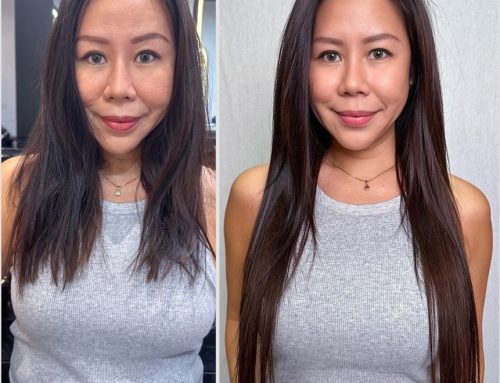

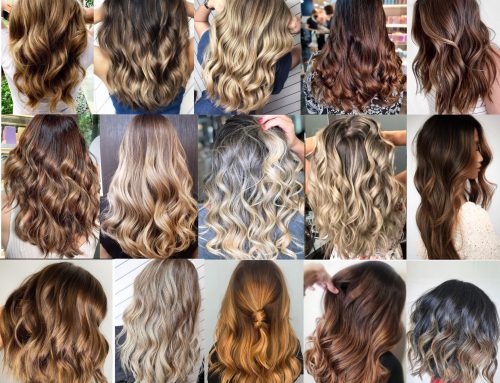
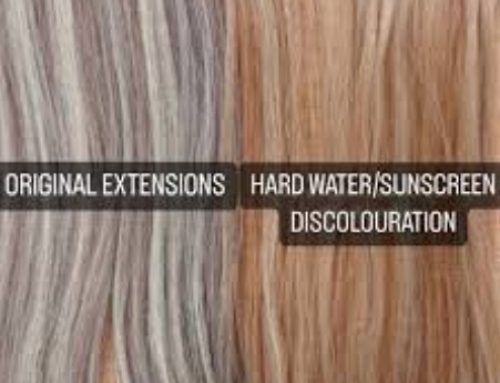
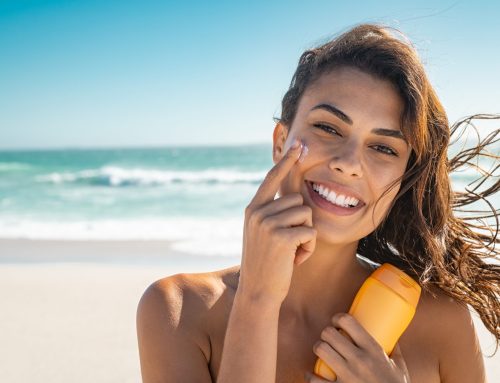
Leave A Comment